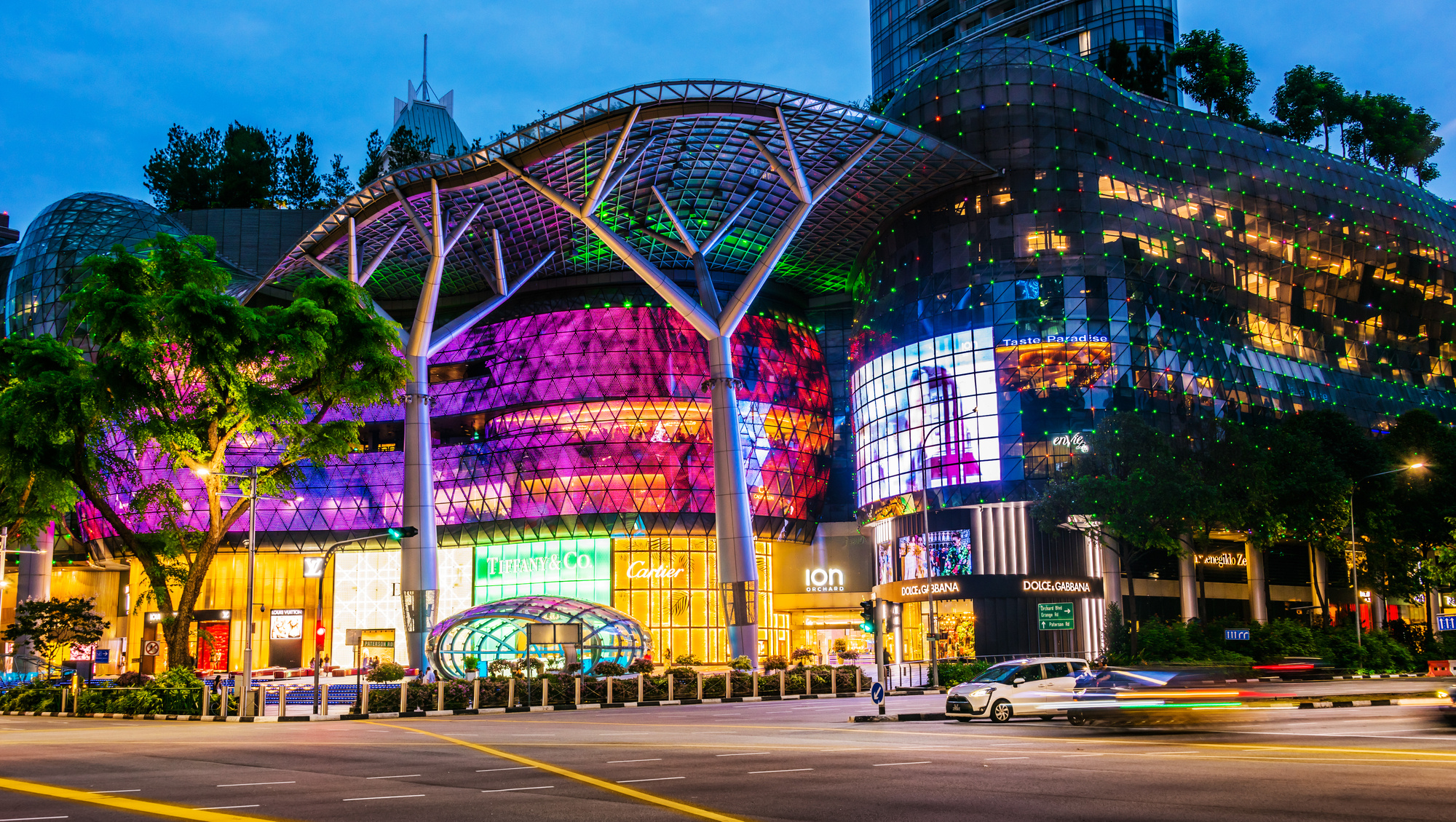ASIA: A recent report from CBRE’s Asia Pacific Retail Innovation Index identifies Tokyo, Bangkok, and Seoul as key players in the region’s retail innovation.
These cities have become hubs of retail advancement, fuelled by their dynamic local markets, thriving tourism industries, and rich cultural and entertainment offerings.
The report featured on MSN highlights several factors driving retail innovation, such as market size, evolving consumer demographics, retailer expansion plans, and the availability of cutting-edge retail spaces.
While many major cities across Asia Pacific are facing challenges related to ageing populations and limited space, emerging markets like Bangalore, Shenzhen, Brisbane, and Ho Chi Minh City show significant promise for retail growth.
These cities benefit from strong population growth and increased consumer spending, providing fertile ground for new retail ideas.
“Physical retail remains a crucial part of the shopping experience, and innovation is key to thriving in this space. Vibrant retail centers, with varied leasing needs, are nurturing collaboration and creativity,” said Vivek Kaul, Head of Retail for CBRE in Asia Pacific.
Since the pandemic, prime retail spaces have become more accessible, with rents dropping in half of Asia Pacific’s markets. This trend has created new opportunities for retailers to expand and strengthen their presence.
Japan and India are emerging as major hotspots for retailer expansion, driven by strong demand across a range of retail sectors.
Over the last decade, nearly 70% of new retail developments in Asia Pacific have been concentrated in top-tier cities in mainland China, with Shenzhen leading the charge.
In contrast, cities in India and Vietnam are facing challenges with limited new retail supply, making it difficult for retailers to secure prime locations.
To foster a thriving retail environment, CBRE recommends focusing on identifying brands with fresh concepts and integrating pop-up stores and short-term leases.
These strategies can create dynamic, immersive shopping experiences that resonate with today’s consumers.
“While the retail landscape has faced challenges post-pandemic, the decline in prime rents in many Asia Pacific markets offers exciting opportunities for retailers,” said Ada Choi, Head of Research for CBRE in Asia Pacific.
“Retailers can leverage physical spaces to tell their brand stories and craft memorable experiences, engaging consumers seeking meaningful, in-person interactions beyond the digital world,” Choi added.

